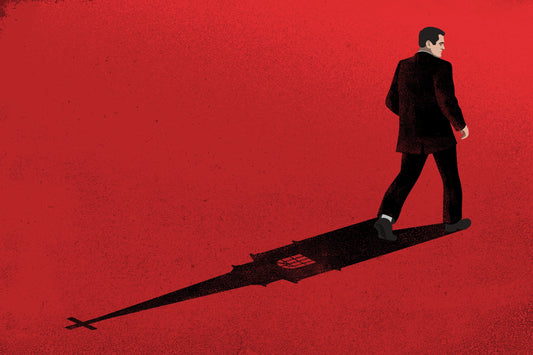By now, you’ve seen the headlines and conversations about Vincent Van Gogh’s Sunflowers being attacked by protestors at London National Gallery advocating against new oil contracts in the United Kingdom. It raised questions about the safety of pieces like this, but these conversations bring something else to light. There appears to be a recurring theme in Art and Activism surrounding Van Gogh’s pieces. This is not the first time his works were targeted. Throughout the 20th and 21st centuries, his works were subject to burnings, slashings by mentally troubled individuals, and politically charged raids. From cuts to burns, this article aims to highlight the turbulent history of Vincent Van Gogh’s masterpieces after his death in 1890.

In 1987, a man experiencing a mental episode slashed Van Gogh’s self-portrait from 1887, depicting him in a gray felted hat. At the time, the museum did not have a restoration committee but managed to put it back on display by the end of the year, yet the scars from the attack do remain evident. When viewed from the sides, the x-shaped indents continue to show as if they were intended to be there in the first place. The 33-year-old attacker was a self-identified artist based in Amsterdam. Identified in court documents by his initials MR, the judge ruled him not to be sane and sentenced him to treatment in a mental health facility.
In World War II, the Nazi regime held hundreds of renowned works in the Kaiser Friedrich Museum. Many of these pieces were relocated to a salt mine in Strassfurt to protect them from bombing raids. The towns holding these pieces were liberated in April 1945 by allied powers. However, fire ensued after this liberation and famous pieces such as The Artist on the Road to Tarascon were lost to the blaze. The fire was believed to be started by looters to cover up thefts. While its remnants were not recovered from the ashes, it is believed to be a casualty of history, though some think it could have been retrieved before the fire. While the work was not targeted to be destroyed, it emphasizes the dark side of being in the limelight—how the fame of a piece could ultimately lead to its destruction.

Another piece consumed by World War II was Van Gogh’s The Lovers, a sketch included in a letter to his brother. The letter was written during a time of financial trouble when he was pleading for his brother to send him more money. In addition, he talks about his response to people discussing his work in impressionism, where he writes, “I have a great urge to write you a letter just so that you can have them read it, to explain once again why I myself believe in the south for the future and the present.” While not a complete work, these sketches provide insight into the artist’s creative process and still hold a significant weight in telling his story as a mentally troubled artist. The final piece was confiscated by the Nazi government during the war, regarding pieces like this as “degenerate.” After the war, it was claimed by german politician Hermann Göring who sold the work for personal gain. From there, the painting’s trail runs cold. The only remains of this piece are sketches of it he contained in the letters to his brother.

Overall, Van Gogh’s masterpieces have remained in the public eye as a symbol of dutch impressionism and inspiring the masses for centuries. But as much as his work is revered globally, this does not exclude his pieces from mistreatment. These actions not only emphasize the impermanence of artwork, but how these actions shape the attitude towards these paintings as a whole. His self-portrait will always be associated with its destruction by a mentally challenged assailant, wearing its scars for eternity.
Only time will tell what happens to these artworks as a result, but one thing is for certain—the quality of a piece reflects its treatment throughout history. We will only ever have a finite amount of Van Gogh’s pieces. Much like his portrait, Sunflowers will carry the history of being defaced with food, immortalizing the climate activism movement. At least these pieces, however, still remain visible to the public. Van Gogh’s works, such as The Artist on the Road to Tarascon, became a casualty of war, their possibility of existence reduced to skepticism and legend. While we have recently uncovered works by him unseen by the public, they will only become harder to come by as more are targeted. It is up to us as admirers of fine arts to ensure these masterpieces do not bear the scar of turbulent history.
©ArtRKL™️ LLC 2021-2023. All rights reserved. This material may not be published, broadcast, rewritten or redistributed. ArtRKL™️ and its underscore design indicate trademarks of ArtRKL™️ LLC and its subsidiaries.





